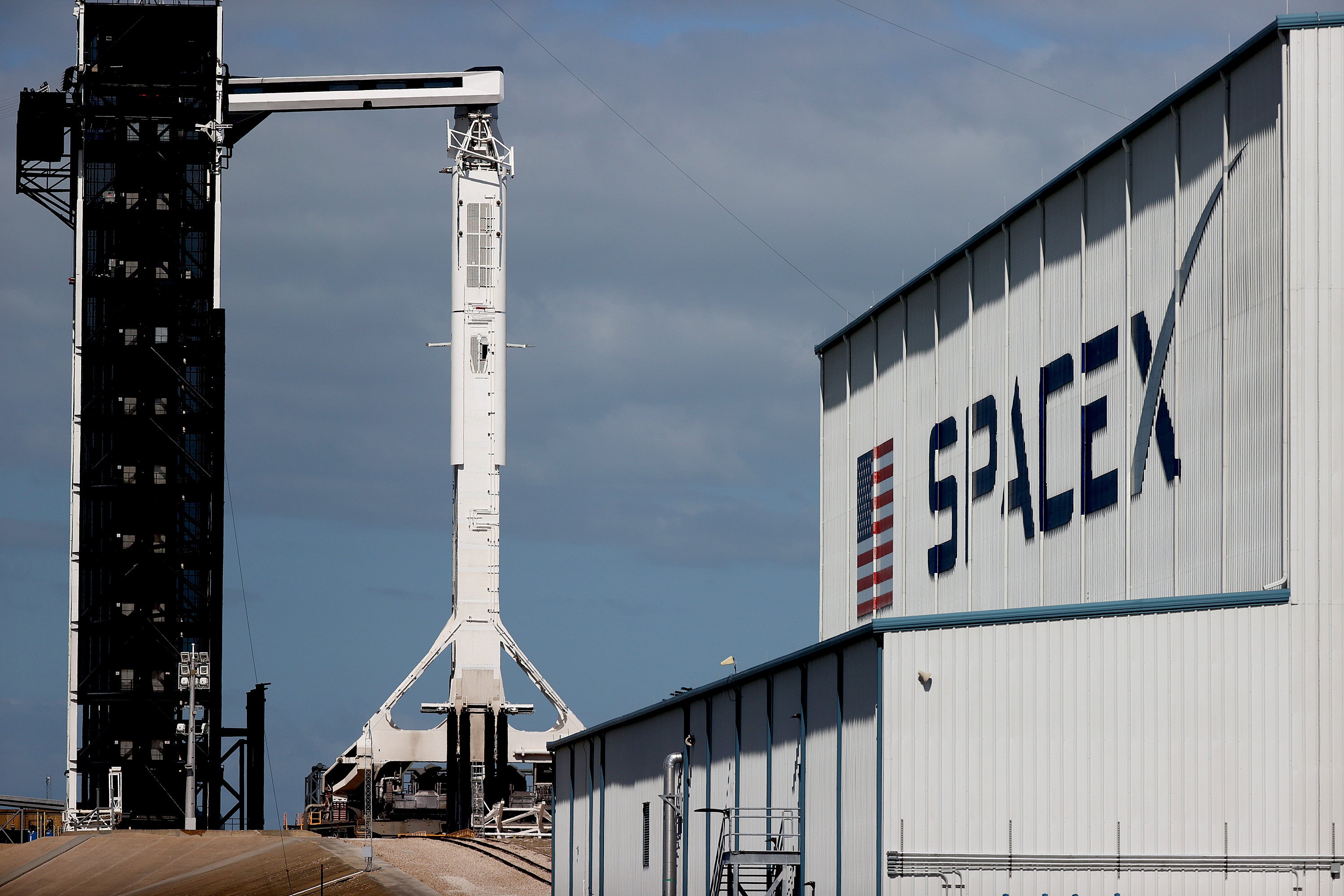SpaceX announces three new missions to go further into space than humans have gone since walking on the Moon
Jacob Isaacman, who sponsored the Inspiration4 mission, will head on another one called Polaris

Your support helps us to tell the story
From reproductive rights to climate change to Big Tech, The Independent is on the ground when the story is developing. Whether it's investigating the financials of Elon Musk's pro-Trump PAC or producing our latest documentary, 'The A Word', which shines a light on the American women fighting for reproductive rights, we know how important it is to parse out the facts from the messaging.
At such a critical moment in US history, we need reporters on the ground. Your donation allows us to keep sending journalists to speak to both sides of the story.
The Independent is trusted by Americans across the entire political spectrum. And unlike many other quality news outlets, we choose not to lock Americans out of our reporting and analysis with paywalls. We believe quality journalism should be available to everyone, paid for by those who can afford it.
Your support makes all the difference.SpaceX is launching three new missions to go further into space than humans have gone since they walked on the Moon.
Its Starship craft will take entrepreneur Jared Isaacman, who sponsored the company’s Inspiration4 mission last September, on another mission called Polaris.
Joining Mr Isaacman will be veteran Air Force fighter pilot Scott Poteet, SpaceX operations engineer Sarah Gillis and engineer Anna Menon who will act as the onboard medical officer. Two of these individuals will make the first commercial spacewalk.
“We’re going to go farther into space than humans have gone since we’ve last walked on the moon,” Mr Isaacman told Today.
There is not yet a set date for the first test flight, but Mr Isaacman and SpaceX could take off as soon as November or December aboard a Dragon rocket.
The second mission would also be aboard Dragon, but the third would be under a next-generation Starship craft that is currently under development by SpaceX and Nasa.
The Polaris mission had been in discussion with SpaceX before the Inspiration4 mission, but Mr Isaacman said he debated whether he would continue with more private missions over whether he would be able to break new ground.
Mr Isaacman told the Washington Post he did not know if additional flights would “serve the bigger purpose of opening up space for everyone and making humankind a multiplanetary species and, ideally, have a benefit for the things we’re trying to accomplish back here on Earth.”
The crew will also test SpaceX’s Starlink internet service while in space. SpaceX is hoping to use the system for human spaceflight missions to the Moon and Mars.
The first mission will also conduct a study before and after a spacewalk to see how humans cope with decompression rates. The Dragon capsule does not have an airlock, so the crew will need to use pressurised spacesuits and depressurise the cabin before opening the top of the capsule.
Nasa astronauts spend months training for spacewalks on the International Space Station, and it is hoped that such experience will be sufficient for the crew. “Nasa has done spacewalks for so long, and there’s so much knowledge that they have gained through the process, and we really intend to leverage that,” Ms Gillis said.
“We have talked with former Nasa astronauts and current Nasa astronauts about their experiences on EVAs, and how you actually go about accomplishing this. Having seen it firsthand, I really, really believe in the SpaceX processes and the verification, the testing process and the really scrutinous look that they take in absolutely everything.”
Join our commenting forum
Join thought-provoking conversations, follow other Independent readers and see their replies
Comments